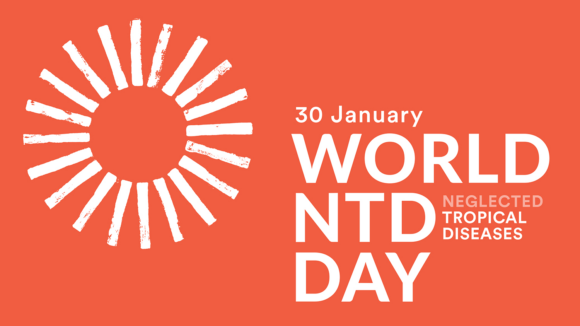The World Health Organization (WHO) is urging global leaders and communities to take bold and sustainable steps to eliminate neglected tropical diseases (NTDs) as the world marks World Neglected Tropical Diseases Day on January 30, 2025.
According to WHO, an estimated 1.5 billion people worldwide, particularly in vulnerable communities, remain trapped in a cycle of disease and poverty due to these preventable and treatable conditions. The global health body emphasizes the need for sustained investments in tackling these diseases in line with WHO’s 2021-2030 road map and the 2022 Kigali Declaration on NTDs.
A Global Commitment to Ending NTDs
The observance of World NTD Day was officially recognized on May 31, 2021, when the Seventy-fourth World Health Assembly unanimously approved decision WHA74(18). It is one of 11 Global Health Days recognized by WHO, underscoring its importance in the fight against these diseases.
NTDs are a group of conditions that predominantly affect people in tropical and subtropical regions. They are caused by various pathogens, including viruses, bacteria, parasites, fungi, and toxins. WHO has outlined several key diseases that fall under this category:
- Buruli ulcer: A mycobacterial skin infection that causes severe destruction of the skin, bones, and soft tissues.
- Chagas disease: A life-threatening protozoan infection transmitted by insects, contaminated food, and blood transfusions.
- Dengue and chikungunya: Mosquito-borne viral diseases that cause flu-like symptoms, with severe cases of dengue leading to hemorrhage and shock.
- Dracunculiasis (Guinea-worm disease): A parasitic infection caused by consuming water contaminated with infected water fleas.
- Echinococcosis: A disease caused by tapeworm larvae forming pathogenic cysts in human organs.
- Foodborne trematodiases: Infections caused by consuming contaminated fish, crustaceans, and vegetables.
- Human African trypanosomiasis (Sleeping sickness): A protozoan infection spread by tsetse flies that is nearly 100% fatal without treatment.
- Leishmaniases: Protozoan diseases transmitted by sandfly bites that can cause disfiguring scars and internal organ damage.
- Leprosy: A bacterial infection affecting the skin, peripheral nerves, and eyes.
- Lymphatic filariasis (Elephantiasis): A mosquito-borne parasitic infection causing painful swelling of limbs and genitals.
- Mycetoma and deep mycoses: Chronic inflammatory fungal infections affecting skin and subcutaneous tissues.
- Noma: A severe gangrenous disease of the mouth and face that primarily affects malnourished children.
- Onchocerciasis (River blindness): A parasitic infection spread by blackflies, leading to severe itching and blindness.
- Rabies: A fatal viral disease transmitted through the bites of infected animals, mainly dogs.
- Scabies and other ectoparasitoses: Skin infestations caused by mites, lice, and fleas, leading to severe itching and rash.
- Schistosomiasis (Bilharzia): A parasitic infection acquired through contact with infested water, affecting the liver and urinary system.
- Snakebite envenoming: A life-threatening emergency caused by venomous snakebites.
- Soil-transmitted helminthiases: Parasitic infections acquired through soil contaminated by human feces, leading to malnutrition and developmental impairments.
- Taeniasis and cysticercosis: Tapeworm infections that can affect the brain and other organs.
- Trachoma: A bacterial eye infection that can cause irreversible blindness if left untreated.
- Yaws: A chronic bacterial disease that causes skin and bone deformities.
A Call to Action
WHO continues to advocate for integrated efforts in controlling, eliminating, and eradicating NTDs by enhancing access to healthcare, improving sanitation, and fostering community engagement.
Governments, health organizations, and individuals are urged to support initiatives aimed at reducing the burden of NTDs through early diagnosis, treatment, and preventive measures. WHO emphasizes that eliminating these diseases is a crucial step toward achieving global health equity and improving the quality of life for millions worldwide.







